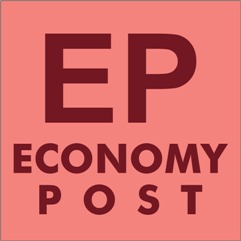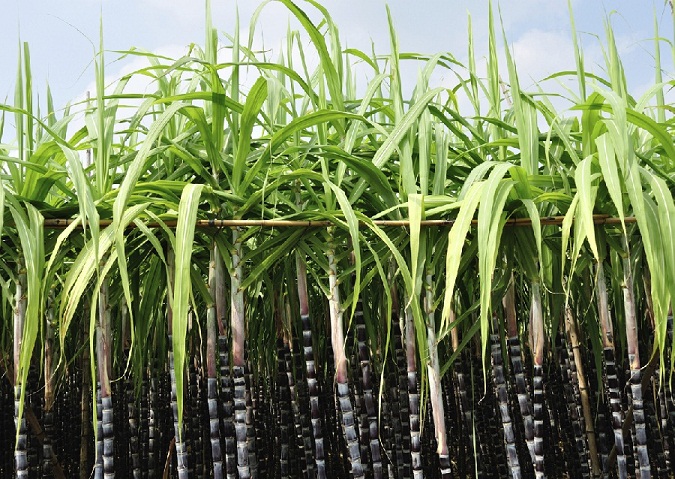In Uttar Pradesh, about 4.5 million farm households subsist directly on sugarcane farming, which has an agro economy of almost Rs 50,000 crore annually.
Sugarcane product basket comprises sugar, molasses, gur (jaggery), khandsari (unrefined sugar), ethanol, alcohol etc.
Apart from providing sugar for tea and other homemade cuisine to retail consumers, the sugar sector feeds an array of industries including confectionary, food processing, oil marketing companies (OMCs), spirit makers, pharmaceuticals etc.
At present, the institutional sugarcane payments alone account for more than Rs 36,000 crore annually in UP while the remaining portion of the sugar value chain is accounted for by other products.
Meanwhile, the sugarcane crushing season 2023-24 has begun in UP, which is India’s top sugarcane, sugar and ethanol producing state. While the crushing season (Oct-Sep) started on Oct 1, the crushing operations will only gain momentum by the end of month.
Last year, UP mills produced about 10.7 million tonnes (MT) of sugar. Of the total 120 mills in UP, the private sector operates 93 plants, followed by the cooperative sector 24 units and UP State Sugar Corporation (UPSSC) 3 units.
In the crushing season 2022-23, sugarcane area and sugarcane production was estimated at 2.85 million hectares and 235 MT respectively.
Meanwhile, the UP government is likely to hike the cane State Advised Price (SAP) for the season since Lok Sabha elections are due in the first half of 2024 calendar.
SAP is the price paid by mills to farmers against cane procurement. It is more than the cane fair and remunerative price (FRP) announced by the Centre.
Sugarcane commands a solid political economy in UP especially Western UP districts, and the ruling Bharatiya Janata Party (BJP) will keep the farmers in good humour ahead of polling.
In February 2023, UP kept SAP unchanged for the 2022-23 crushing season. At present, SAP for common variety of cane figures at Rs 340 per quintal (100 kg), while the price for early and late maturing varieties stands at Rs 350 and Rs 335 per quintal respectively.
The Yogi government last revised SAP in September 2021 in the run up to 2022 UP assembly elections.
Meanwhile, the sugar industry has advised the government against hiking SAP citing hike in cost of production and loss on account of the molasses quota policy.
Molasses is used in the production of ethanol, which is fast becoming a major constituent of the sugar byproduct basket.
IIM Lucknow clocks 100% summer placements
Ethanol is used in blending with fossil fuels. The current level of ethanol blending at 12 percent is pegged to hit 20 percent by 2025. This will provide a sustainable revenue stream to mills and facilitate prompt farm arrears’ payments.

